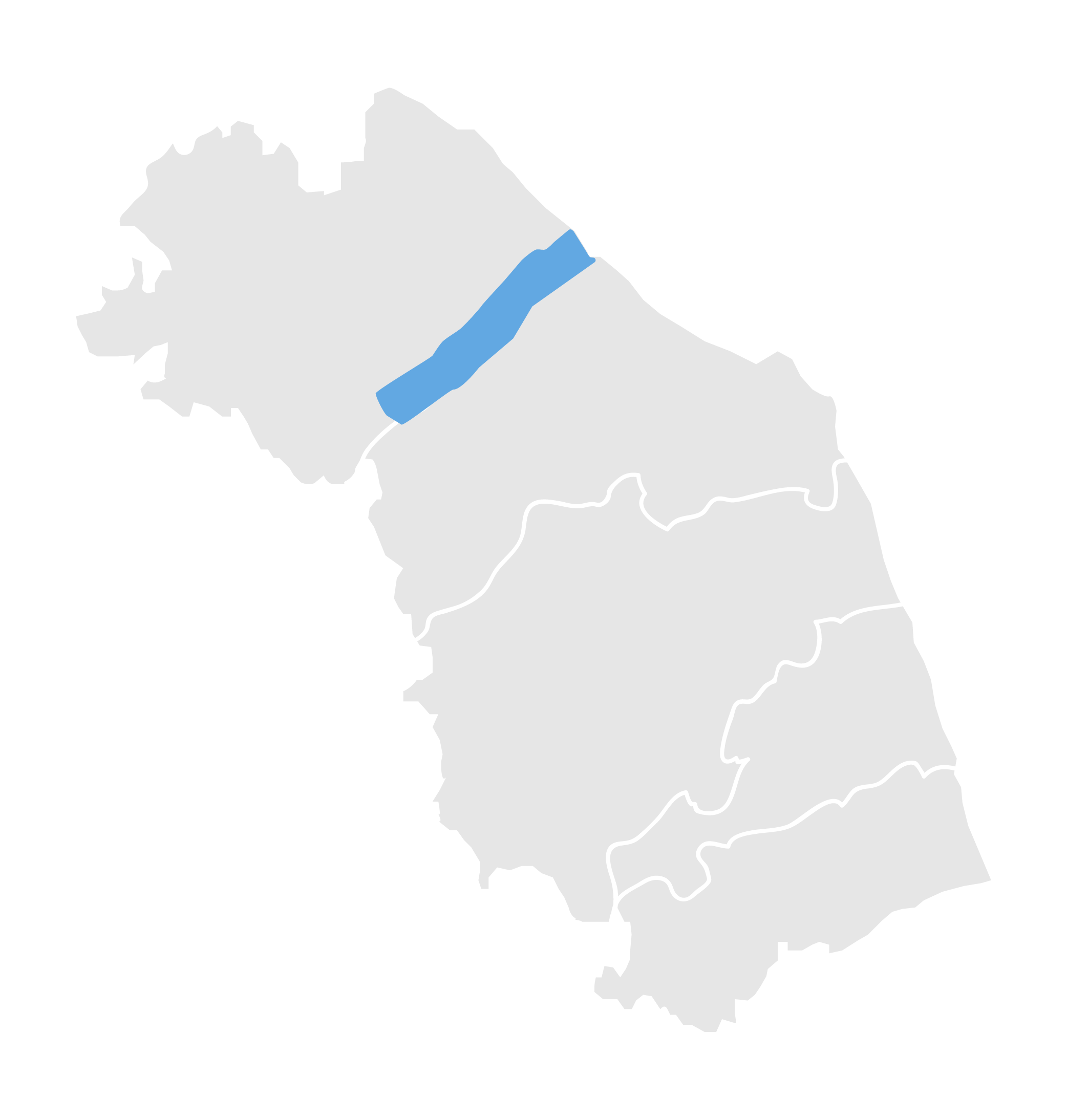
Set up in the sixteenth century Palazzo Della Rovere in San Lorenzo in Campo with archaeological and geological materials recovered by the local scholar Gello Giorgi in the mid-1950s, the Archaeological Museum of the Territory of Suasa was founded with the aim to document human activity in the Cesano Valley from Prehistory to late Antiquity. The first hall of the museum is devoted to the geomorphology and geology of the Marche: here you can see thematic maps as well as ammonite fossils and extinct cephalopod mollusks. In the second room, panels illustrate the flora and fauna of Prehistory and the fossil remains of extinct animals are displayed. The archaeological exhibit begins in the third room: the first materials displayed are flints (arrowheads, scrapers, axes and other tools) dating back to the Paleolithic and the Chalcolithic Ages. There are then displayed the ceramic finds dating back to the Neolithic Age, Bronze Age and Iron Age. Picene activity in the territory is attested to by the tombs found in San Vito sul Cesano dating from 520 to 470 BC, from which come the fibulas, armlets, bracelets and pottery vessels. The artifacts of the Roman Age are related to a chronological period ranging between the 3rd and 1st centuries BC which were found by chance in the territory of Suasa and thus lack information regarding their original contexts. Most of these are votive statuettes and clay ex-votos dating to a Hellenistic-era site of worship. The Republican phase is documented by some coins, by fragments of black painted ceramics datable between the 3rd and 1st centuries BC, and by lamps and clay balsam containers. In the fourth room are displayed stone materials of local origin: three funeral inscriptions and an architectural fragment pertinent to a public building in which the ranks of magistrates are mentioned. Here there are also displays of fragments of late-Republican and Imperial ceramic vases, bricks with manufacturing stamps, amphorae, a trove of 103 coins dating between 263 AD and the end of 270 AD, as well as bronze medical-surgical instruments and cosmetics. Concluding the exhibition are some panels devoted to Antiquity and the Early Middle Ages.
We have found no place to eat in the vicinity
We have found no place to sleep in the vicinity
Vino e olio, eccellenze dell’agricoltura e della gastronomia marchigiana, sono da sempre al centro dell’economia e dell’identità culturale locale, come testimoniano i numerosi impianti per la produzione olearia e vinicola presenti sin dall’età picena nella regione. Il viaggio alla scoperta del territorio dedicato all’antica produzione dell’olio e del vino ci conduce lungo la Salaria Gallica, strada che collegava Fossombrone ad Ascoli Piceno passando per le principali colonie romane, immerse nelle verdi colline marchigiane.

|
Address | Via Mario Tiberini 3 San Lorenzo in Campo |

|
Phone Number | 0721776479 / 3389897800 / 3387513923 |

|
Opening Time | Dal 1 aprile al 30 giugno 2018: Sabato, Domenica e Festivi 15:30-19:30 Dal 1 luglio al 4 settembre 2018: giovedì, venerdì, sabato, domenica e festivi 16:00-20:00 Dal 5 settembre al 30 settembre 2018: sabato, domenica e festivi 15:30-19:30 |

|
Visit Time | 1 h and 30 min |

|
Entrance Fee | Intero: 3€ Per gruppi superiori a 10 persone: 2€ Per attività didattiche: 2€ Over 65: 2€ |

|
Reservation Required | prenotazioni alla sede Pro Loco di San Lorenzo in Campo 0721776479 / 3389897800 / 3387513923 almeno tre giorni prima della visita da prenotare. |

|
Viabilities | Flaminia |

|
Bookshop | yes |

|
Guided Tour | visite guidate anche in lingua inglese e tedesco |

|
Parking | yes |

|
Disabled Accessibility | yes |

|
Audioguide | no |

|
Didactic Rooms | yes |

|
Conference room | yes |

|
English language | yes |

|
Public Transport | yes |

|
Family Services | no |



